Yolanda Ruiz
Arthur Rackham
By the turn of the twentieth century Arthur Rackham had acquired a very characteristic style of his own. He stands out as an illustrator of fantasy tales and for his interpretations of fairies and imaginary beings. He did the drawings for a version of Alice in Wonderland that has become one of the best loved of Lewis Carroll’s classic.
In 1905 he illustrated Washington Irving’s Rip Van Winkle, which made him well known in America and marked a turning point in his career, since it represents the beginning of his collaboration as a draughtsman with the Heinemann publishing house. Alexandre de Riquer had several volumes illustrated by Arthur Rackham that were published by this company, including Washington Irving’s book and Kingdoms Curious by Myra Hamilton.
Heinemann also published books for adults that were illustrated by Arthur Rackham. In his library, Alexandre de Riquer had William Shakespeare’s A Midsummer-night’s Dream, which came out in 1908 and is considered by many to have been his most important work; the 1909 edition of Undine by Friedrich de La Motte-Fouqué, and The Rhinegold and the Valkyrie by Richard Wagner, published in 1910.
There were books illustrated by Rackham for other publishing houses in Riquer’s library as well. This is the case with The Ingoldsby Legends, or, Mirth and Marvels, a compilation of myths, legends and ghost stories compiled by Thomas Ingoldsby, the pseudonym of Richard Harris Barham, published by Dent in 1907, and The Land of Enchantment, published in London by Cassell and Co. that same year.
The Ingoldsby Legends, or, Mirth and Marvels (1907)
By the publishing house Constable & Co. of London, he possessed The Fairy Tales of the Brothers Grimm (1909). Arthur Rackham’s drawings were very successful and today publishing houses such as Juventud of Barcelona still sell editions with his illustrations.
The Fairy Tales of the Brothers Grimm (1909)
Alice B. Woodward
As an illustrator Alice B. Woodward was noted for her elegant line and for her drawings of children, although she also did illustrations for academic publications. To distinguish between the two types she signed the artistic illustrations with a monogram in the form of a butterfly and used her name for her academic work.
She did her best work between 1896 and 1900, in black and white, for the publishing house Blackie & Son. It includes some of her most outstanding works, for example To Tell the King the Sky is Falling and Red Apple and Silver Bells, which were both in the Catalan artist’s private library.
She illustrated My Friend Poppity, which appeared in 1899, for the David Nutt publishing house of London. The copy in Riquer’s library has a hand-written letter by the illustrator inserted in it.
After Aubrey Beardsley’s death in 1898, Woodward succeeded him as the illustrator of the last two titles in the series Bon Mots… published by J. M. Dent. However, unlike those illustrated by Beardsley, Riquer did not own these volumes.
From 1907 onwards her illustrations were mostly in colour, and her main publisher was George Bell, for whom she did 28 colour plates for a book about Peter Pan that became very popular.
The Alexandre de Riquer collection is part of the museum library’s reserve collection. To consult it, all you have to do is come to the library and fill in a request form saying which document you want, and library staff will bring it to you. Waiting time is 45 minutes at the most, and you will be able to consult it for as long as you wish. You can also request it in advance through an online form.
Related links
Illustrated books from Alexandre de Riquer’s private library/1
Museu Nacional d’Art de Catalunya’s Joaquim Folch i Torres Library
Biblioteca



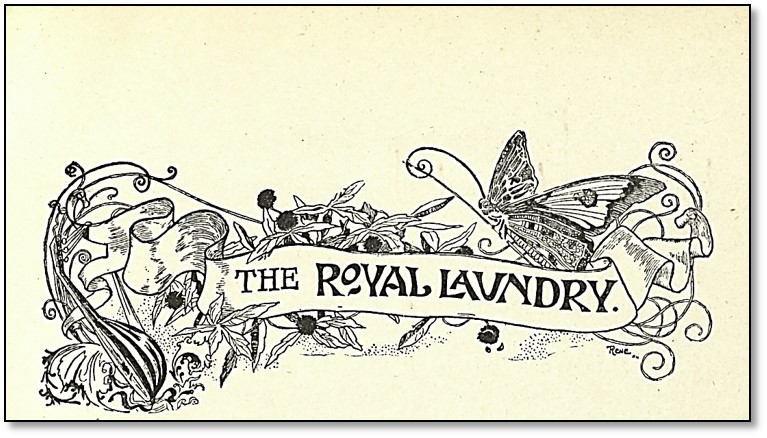
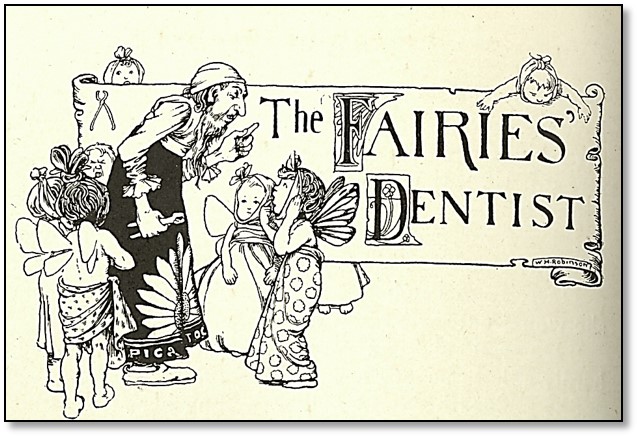
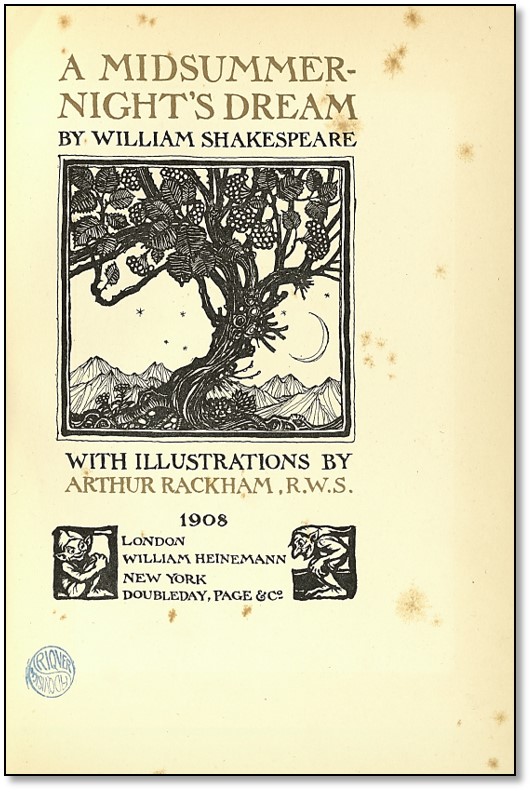

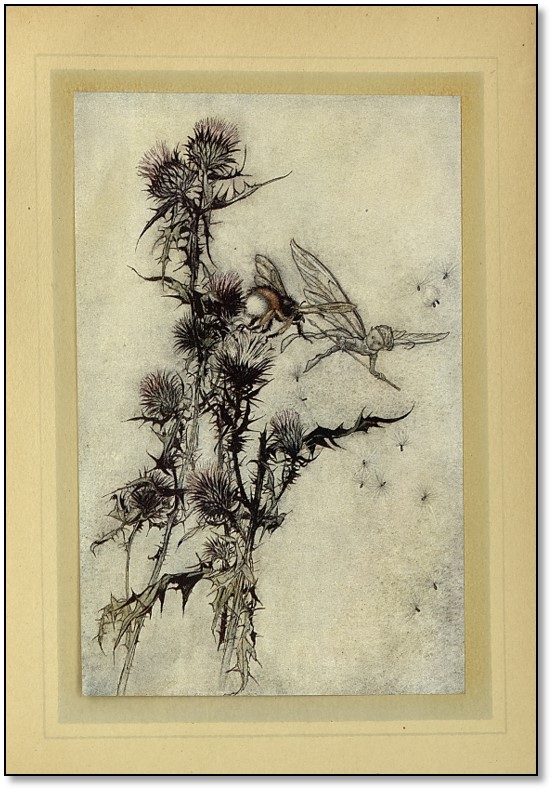


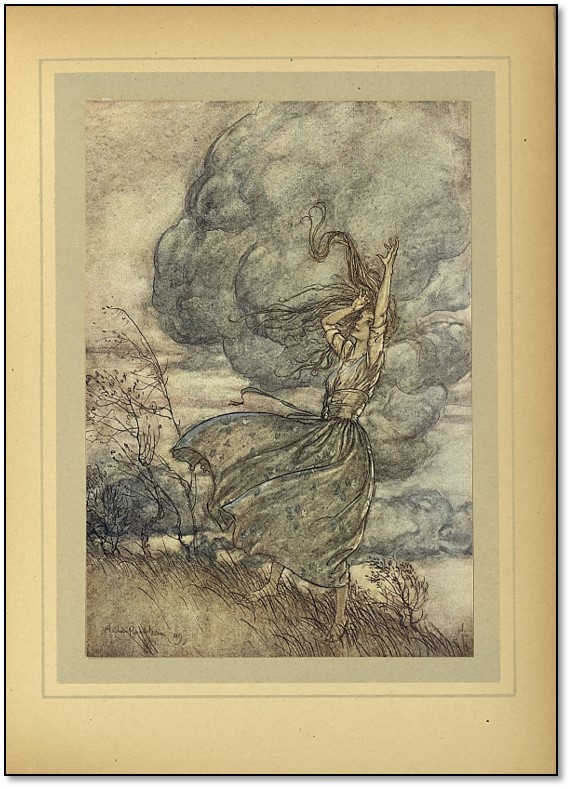
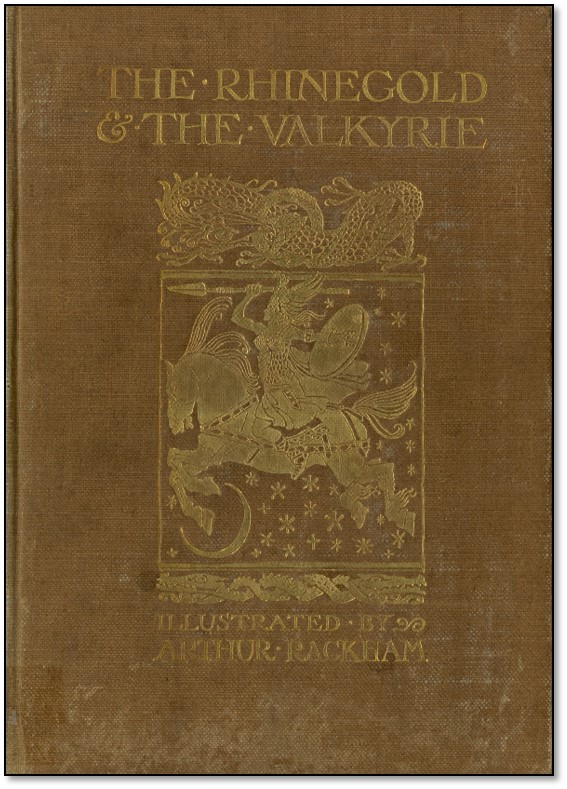
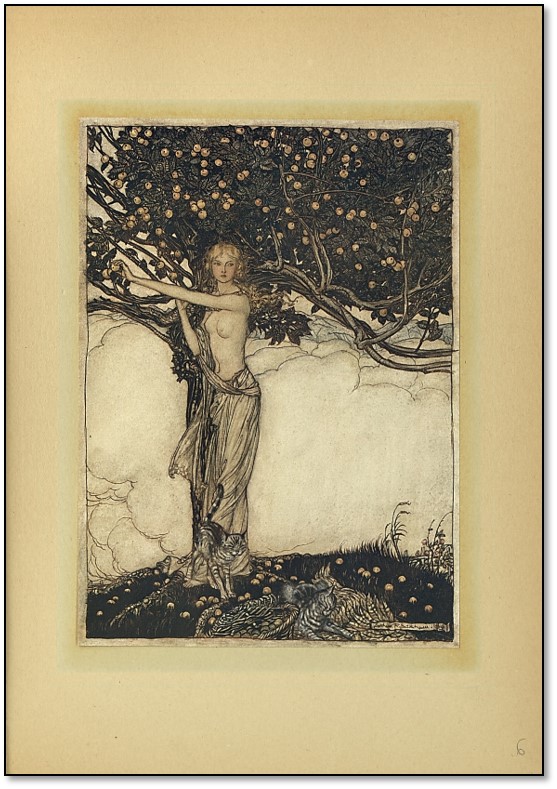
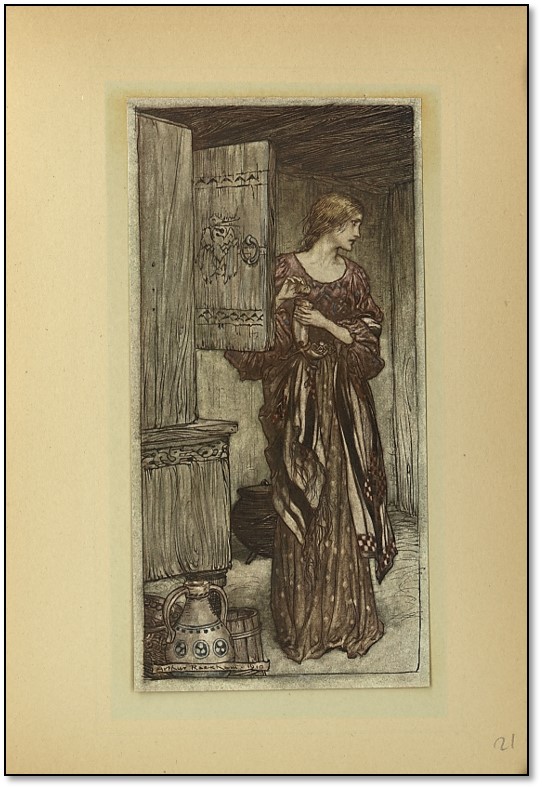
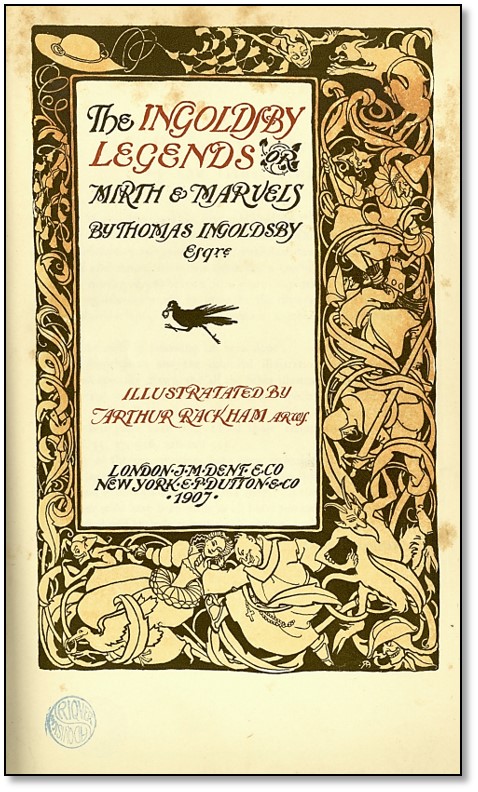
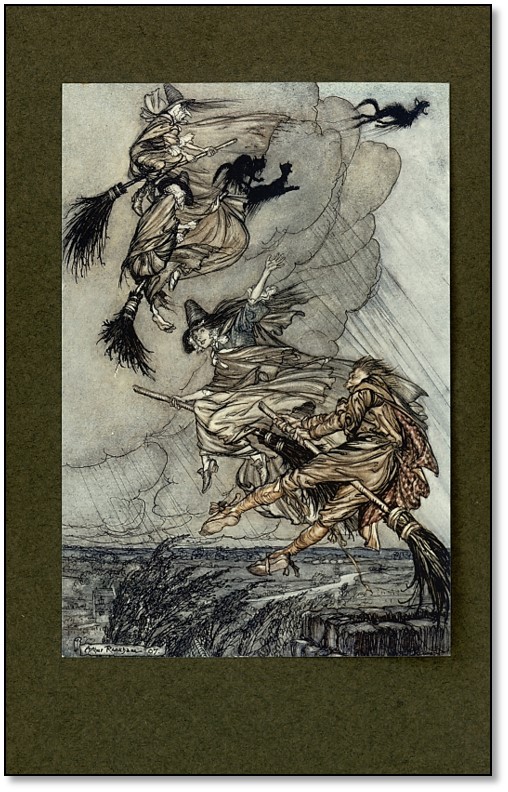
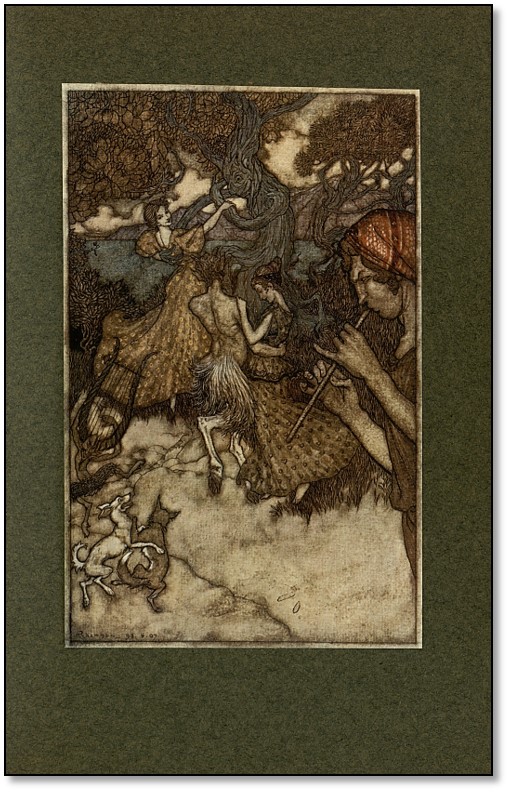
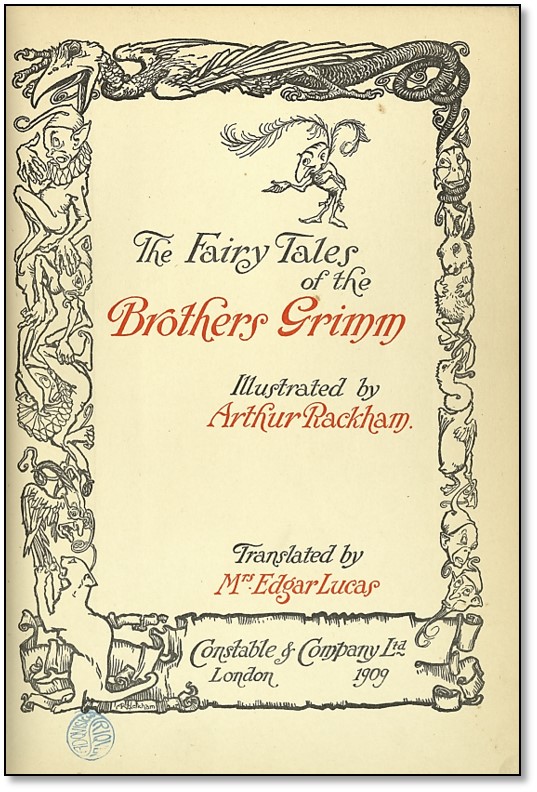
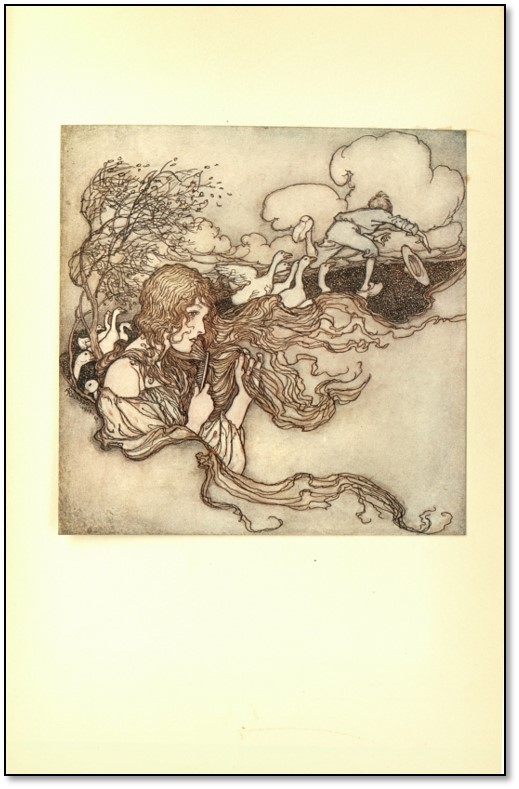

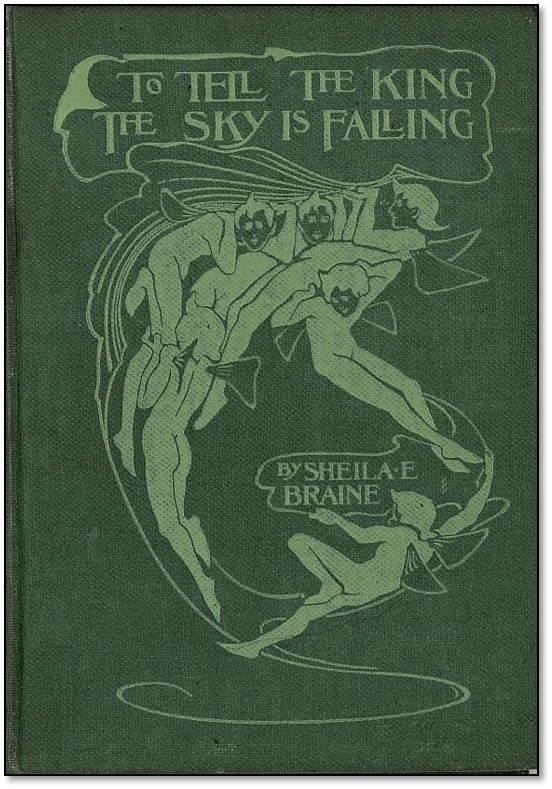
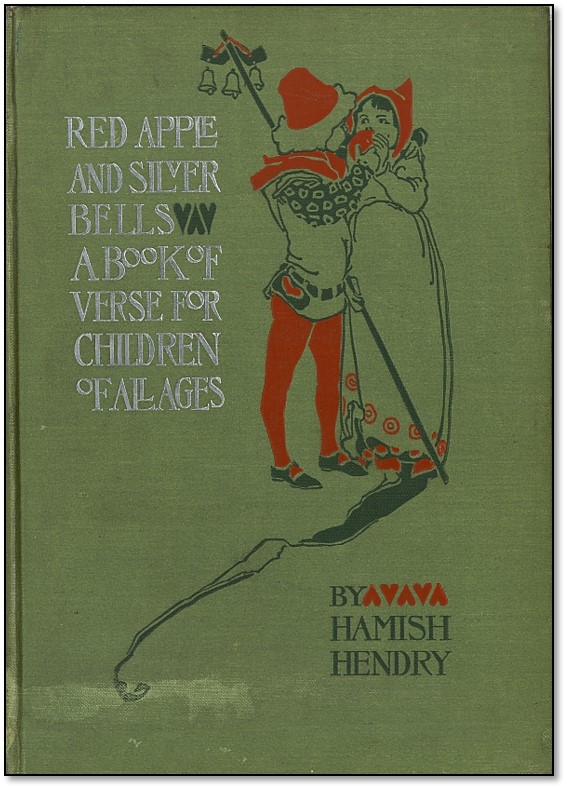
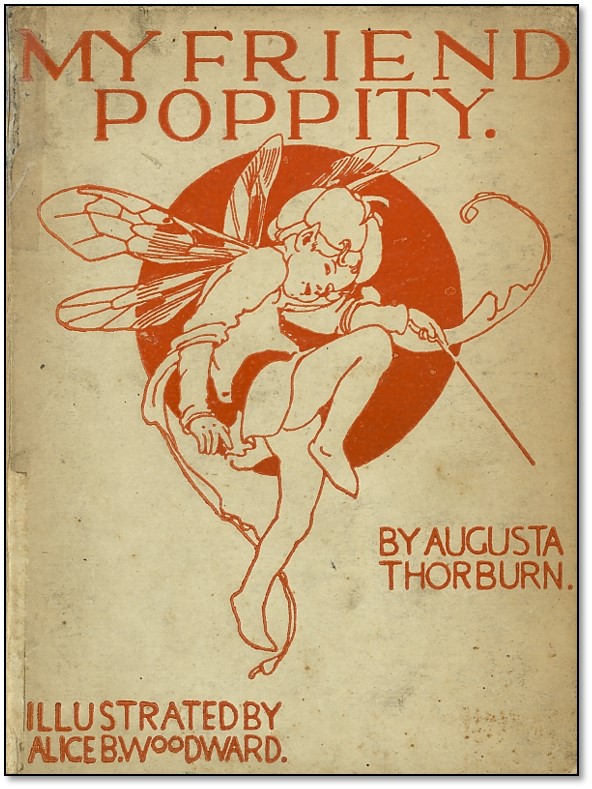








One comment
The image that you show here of The Fairy’s Dentist under Arthur Rackham is actually by William Heath Robinson.